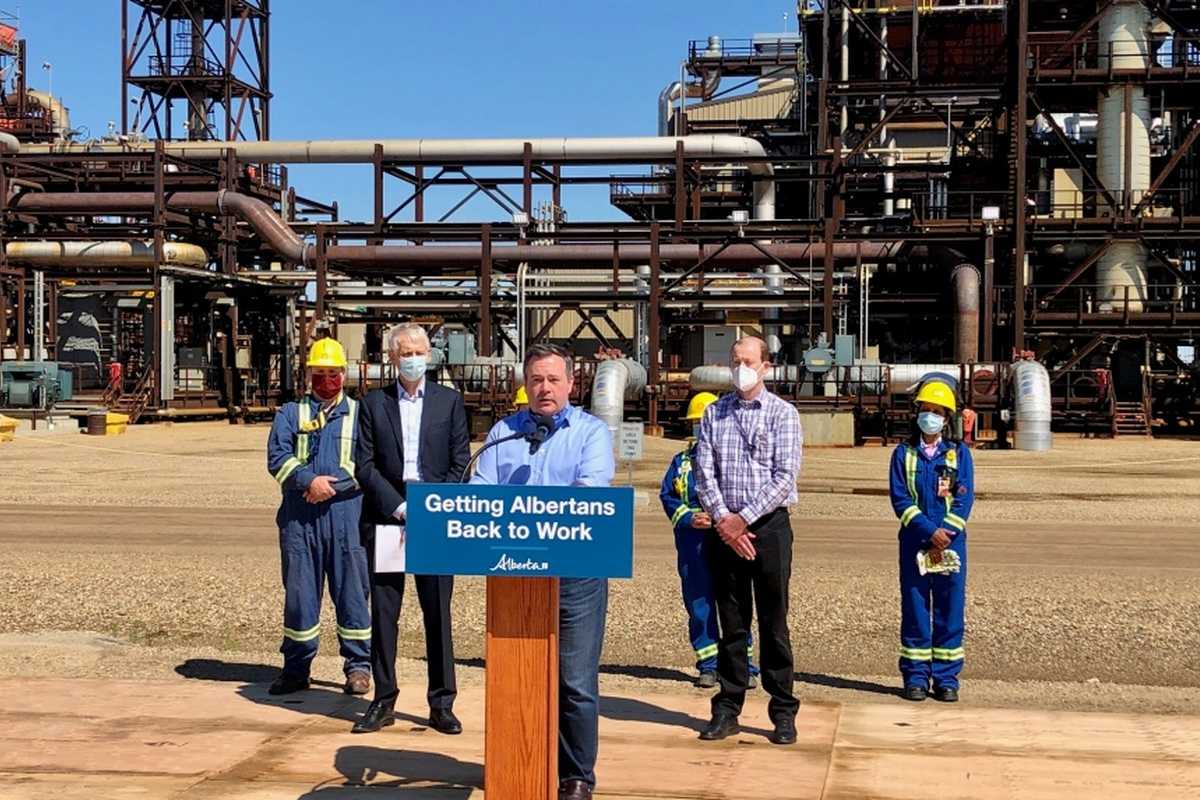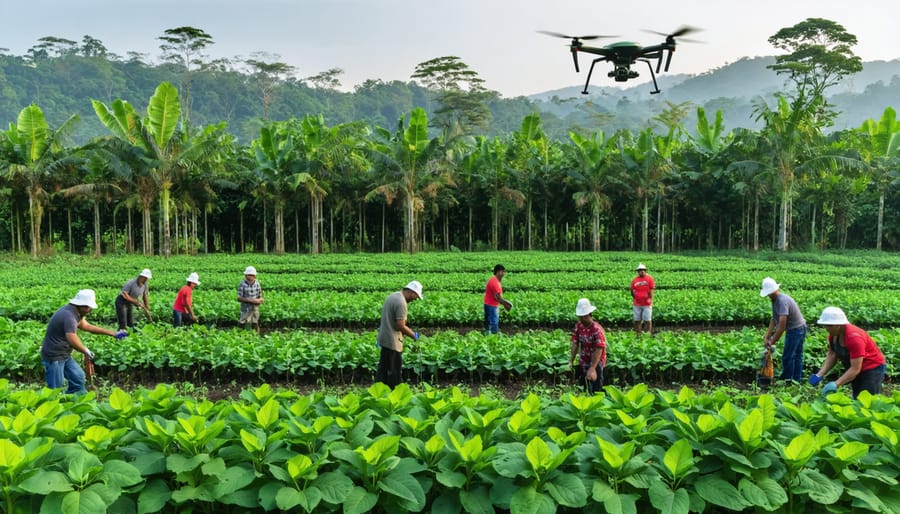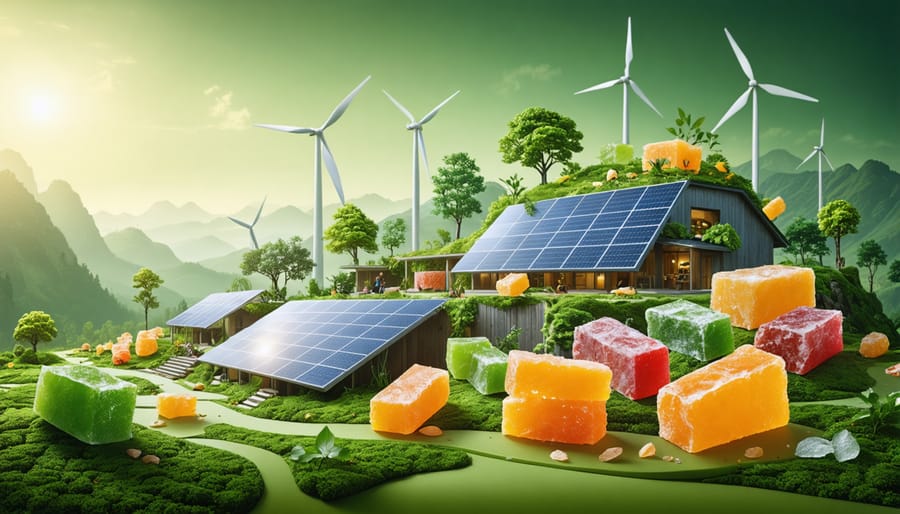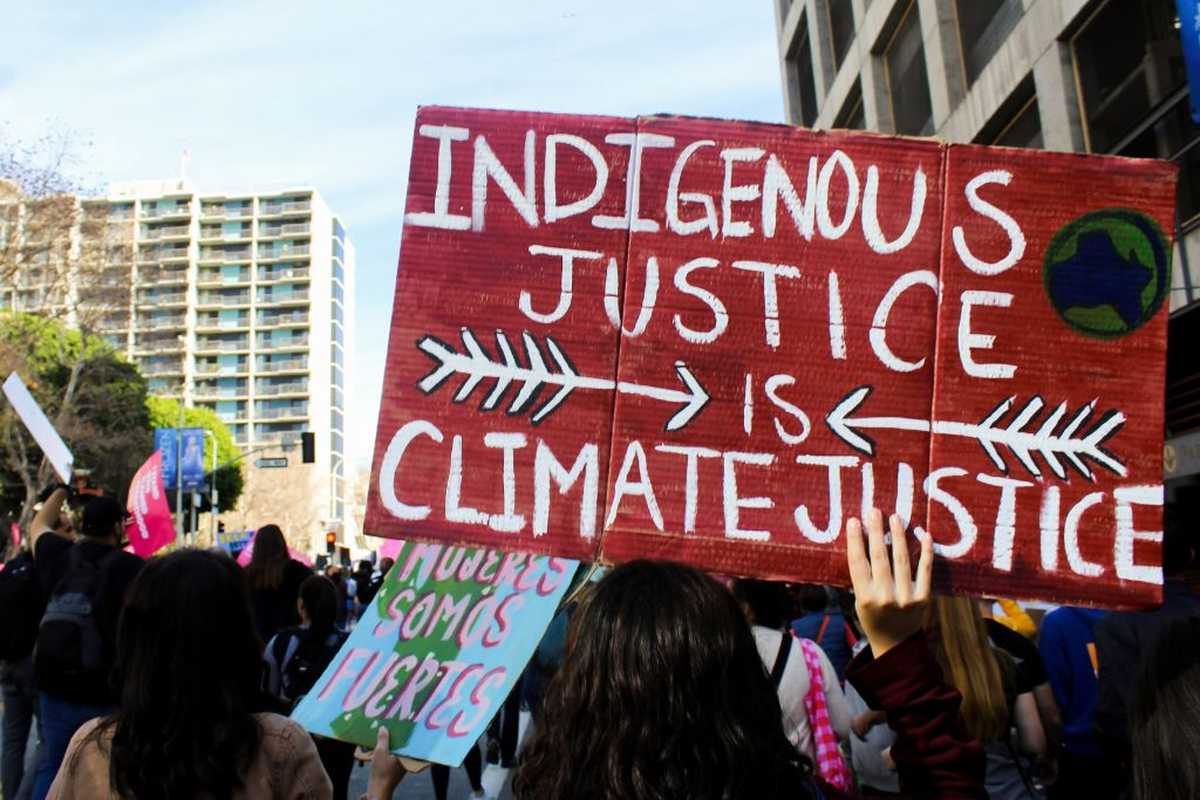In early November 2019, the Carbon Capture and Storage (CCS) facility at the Boundary Dam 3 Power Station in Saskatchewan achieved a significant milestone by capturing its 3 millionth tonne of carbon dioxide (CO2) since its commencement in 2014.
This noteworthy accomplishment is equivalent to eliminating approximately 650,000 cars from the road for a year, based on the average annual CO2 emissions of around 4.6 tonnes per passenger vehicle.
Yearly, since 2014, the SaskPower CCS facility has captured an amount of CO2 that corresponds to removing over 100,000 cars from the road annually.
What does Boundary Dam 3 CCS entail?
The Boundary Dam Power Station, owned by SaskPower, the primary electric utility company in Saskatchewan, Canada, is the largest coal-fired power station in the region.
Established near Estevan in the fall of 2014, it holds the distinction of being the world’s first power station to successfully implement CCS (Carbon Capture and Storage) technology to reduce greenhouse gas emissions (GHGs).
The CCS technology employed at the power plant effectively removes carbon dioxide (CO2), sulfur dioxide (SO2), and nitrous oxides (NOx) from the air. These captured by-products can be utilized to generate additional revenue by either selling them directly or converting them into more valuable chemicals.
For instance, the captured carbon dioxide from Boundary Dam 3 is currently sold to Whitecap Resources. The company utilizes the CO2 for injection into the Weyburn Unit oil field, employing it as a method of enhanced oil recovery (EOR). This process involves displacing underground fluids, such as water and oil, and pushing them to the surface when executed correctly and in line with the field’s characteristics.
Whitecap Resources Wants More CO2
Indeed, Whitecap Resources has expressed a strong interest in acquiring additional CO2 from SaskPower’s CCS facility at Boundary Dam 3.
Recently, the company has indicated its desire for more CO2 to enhance its operations in the Weyburn Unit, even expressing willingness to purchase more if SaskPower were to construct another CCS unit in Estevan.
It’s noteworthy that storing carbon underground has been scientifically validated as a safe practice. Moreover, according to prominent experts, CCS stands out as a potentially indispensable technology in the global effort to combat climate change.
Other Canadian CCS Projects
Boundary Dam 3 represents only a fraction of the carbon capture and storage (CCS) initiatives operational in Canada. Additional notable large-scale projects in this domain encompass:
- Alberta Carbon Trunk Line (ACTL)
- The Quest Project
The ACTL, in its initial phase, is set to capture around 1.7 million tonnes of CO2 annually. Upon expansion, it is poised to become the world’s largest CCS project, with the capacity to sequester an impressive 14.6 million tonnes of CO2 each year.
The Quest Project, currently under the ownership of Shell, has achieved a significant milestone by safely capturing and storing 4 million tonnes of CO2 ahead of its scheduled timeline, despite Shell’s recent divestment of the majority of its Canadian assets.
Furthermore, several CCS-related feasibility studies are presently underway in Canada, indicating the potential emergence of additional projects in the near future.
Canada Demonstrates Environmental Leadership
Canada consistently demonstrates its commitment to environmental stewardship through initiatives such as carbon capture and storage (CCS), the electrification of industries to curb total greenhouse gas (GHG) emissions, and the adoption of new clean technologies and innovations to reduce carbon emission intensities. Time and again, Canada has proven itself as a global leader in environmental responsibility.
For more insights into Canada’s role as an environmental steward, we encourage you to explore additional articles in our collection:
- Canadian Renewable Energy & Climate Action: 60+ Statistics
- Oil Sands Reclamation: 20 Photos of Reclamation in Alberta’s Oil Sands
- ESG: How Canada Ranks Among the World’s Top 10 Oil Exporters




